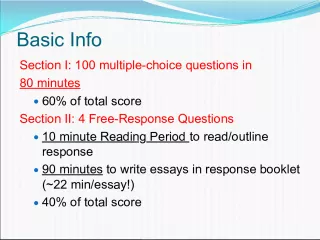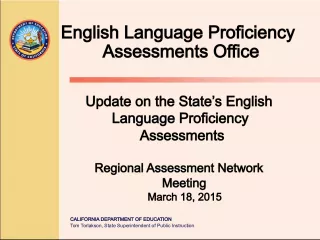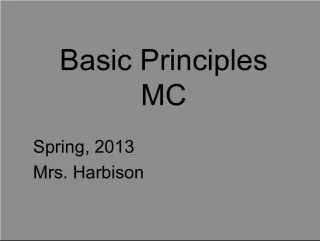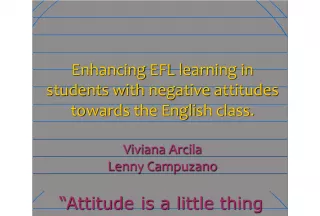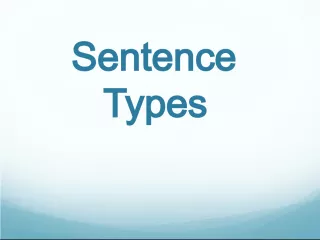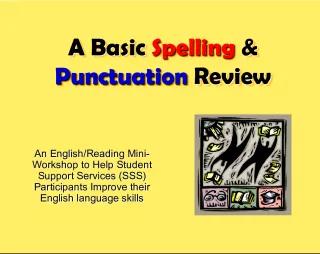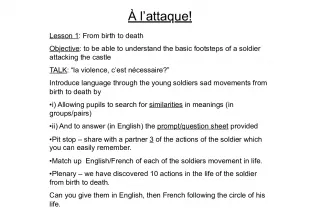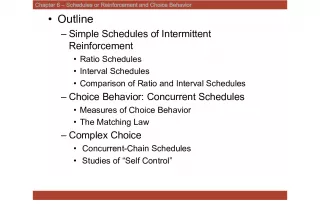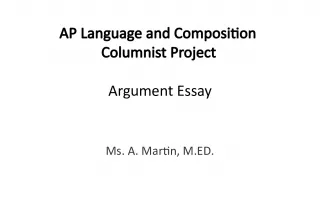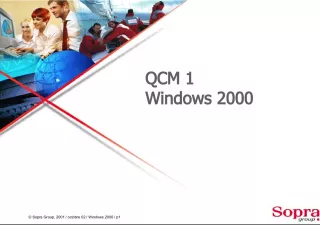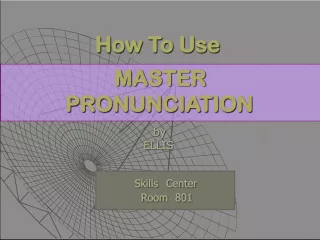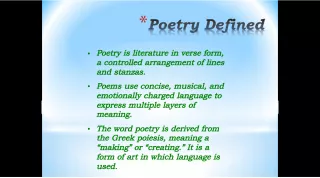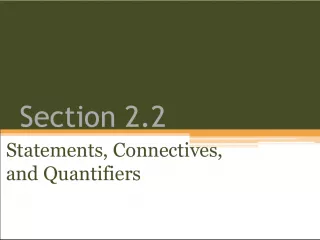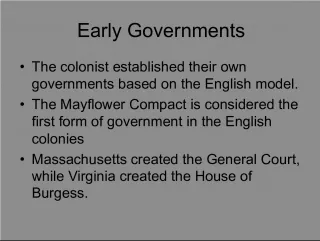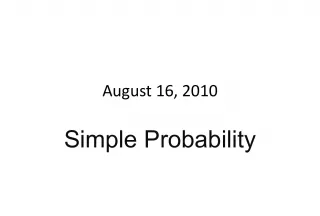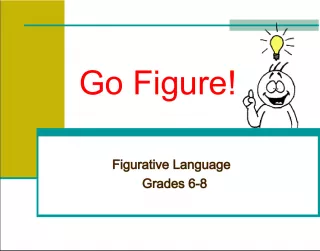Overview of the AP English Language and Composition Multiple Choice Section
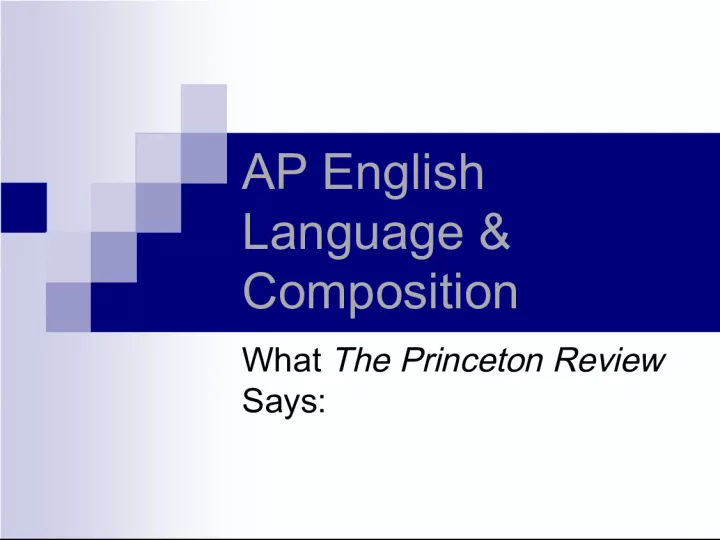

The Princeton Review provides an overview of the multiple choice section of the AP English Language and Composition exam. The section includes 5 to 7 passages with 5 to
- Uploaded on | 1 Views
-
 linda
linda
About Overview of the AP English Language and Composition Multiple Choice Section
PowerPoint presentation about 'Overview of the AP English Language and Composition Multiple Choice Section'. This presentation describes the topic on The Princeton Review provides an overview of the multiple choice section of the AP English Language and Composition exam. The section includes 5 to 7 passages with 5 to. The key topics included in this slideshow are . Download this presentation absolutely free.
Presentation Transcript
Slide1AP EnglishLanguage & Composition What The Princeton Review Says:
Slide2What the multiple choice sectionlooks like 5 to 7 passages 5 to 12 questions per passage 50-55 questions total 60 minutes total = 8 – 12 minutes PER PASSAGE (includes reading & answering) At least one passage written before 1800 Little or no context or introduction given with the passages
Slide3Focus on the Big Picture DO NOT read the questions before reading the passage Read the passage quickly for the “big picture” Read to determine the author’s goal, tone, and point of view – take brief notes next to the passage as you read! ( USE: “subject, audience, and purpose” to help you find the goal, tone & P.O.V .)
Slide4The Two-Pass System After reading the passage for the big picture: 1. Answer all of the easy questions first The “Big picture” questions are usually at the beginning and (or) end of question set 2. Circle the “hard” questions in your test booklet (when you can’t use POE) 3. ALWAYS Check your watch before going back to answer the hard questions
Slide5Other Tips Use the process of elimination (POE) to make educated guesses on some questions On detail questions, always reread the sentence or section the question refers to Also, always reread the sentences before and after it for context.
Slide6To Sum Up Begin each passage by reading for the big picture . Actively underline inside the text – or – take paraphrased notes next to each paragraph Concentrate on the author’s goal (purpose), tone, and point of view.
Slide7To Sum Up Do not read stubbornly; you do not need to understand or follow everything ; some (even many) details can escape you — focus on the big picture of the passage. Always return to the passage when multiple-choice questions refer to specific lines!!! (Do not try to answer by memory)
Slide8To Sum Up Always read around the lines ; the context of the lines is almost always very critical in determining the correct answer. Pace yourself – but keep your eye on the time!!! Remember the two-pass system .
Slide9To Sum Up Also - Dividing the section into chunks for each passage should help you out. Don’t forget about POE and educated guessing! If you can eliminate two answer choices, your chances of guessing correctly increases a lot.
Slide10AP English Language &Composition What the Cliffs Notes: AP English Language and Composition review guide says:
Slide11What the Multiple Choice Sectionlooks like: 60 minutes long Usually consists of approximately 55 questions Expect about 4 – 5 reading passages (about 300 – 800 words in length) Each passage is followed by 10 – 15 questions Passages may be up to 400 years old
Slide12NEW to the AP Lang. Test: Beginning in 2007 – you can expect at least a couple of questions about footnotes BE FAMILIAR WITH MLA CITATIONS!!! (Be able to decipher the type of source & the purpose of footnotes used by the author)
Slide13Suggested Testing Strategy: 1 st – Skim the question stems BEFORE you read the passage 2 nd – Read the passage ACTIVELY 3 rd - Underline &/or paraphrase the passage as you go 4 th – Read each question completely & carefully AFTER you’ve read the passage 5 th – Read every answer choice completely & carefully to determine the best answer! Any questions you cannot use POE to answer quickly – circle them & return to those questions if you have time!
Slide14Question Categories to Expect: Questions about Rhetoric (syntax, diction, P.O.V., figurative language & its effect!) Questions about the Author’s Meaning & Purpose (get inside the author’s head) Questions about the Main Idea (The Big Picture, tone, theme, etc.) Questions about Organization & Structure Questions about Rhetorical Modes (know the difference between: Narration, Description, Argumentation, & Exposition)
Slide15Reasons Answers Could Be Wrong1. Contradictory to the passage (can be ruled out if you’ve read the entire passage) 2. Irrelevant or Not Addressed in Passage (can be ruled out if you’ve read the entire passage) 3. Unreasonable (can usually be spotted quickly) 4. Too Vague/General or Too Specific (compare them to the question stem to see which answer they are asking for!)
Slide16To Sum Up: TIME MANAGEMENT is crucial to making sure you complete the test Read the Question Stems before the Passages Read the Passages – ACTIVELY Then read the Questions & Answer choices COMPLETELY Use POE to rule out any of the 4 types of wrong answers Choose the BEST answer available!
Slide17To Sum Up: Make sure that you answer the questions that you are able to eliminate 2+ answers on FIRST Then circle any questions that you are unsure about Return to the circled questions AFTER you have completed every passage in the Multiple Choice Section
Slide18For More Information: Hartzel, Richard. Cracking the AP English Language and Composition Exam . 2008 Edition. New York: Random House, 2008. Swovelin, Barbara. Cliffs AP: English Language and Composition. 3 rd Ed. Wiley Publishing, 2008. Baron’s, Kaplan, and others also make excellent study guides.
